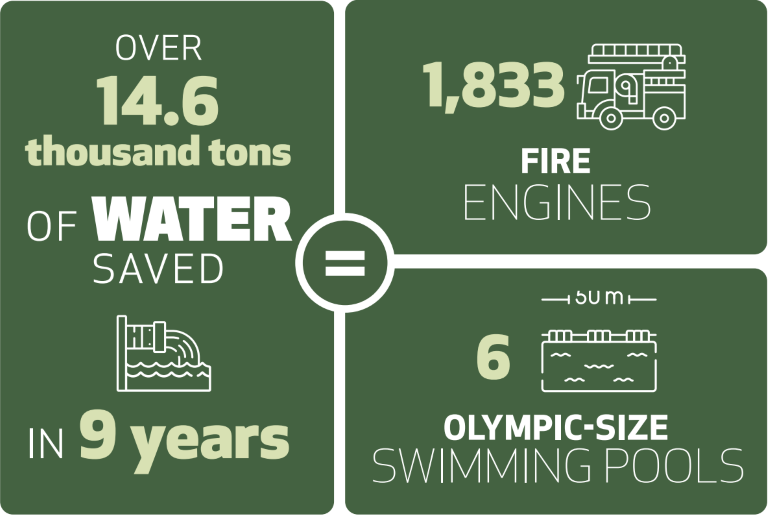In response to the rules laid down by Reg. (EU) 1169/2011 and the application guidelines provided by the European Commission, MARR has long asked its suppliers to declare on the packaging of products, intended for operators in the restaurant industry and to final consumers, only the weight net of glazing. As a consequence, the sales prices applied by MARR refer to the actual net weight of the fish product, without including the glazing, considered tare in the same way as the cardboard and the packaging envelopes.
In this way, the customer is able to check the invoice for the price referred only to the weight of the product without glazing and so the calculation of the food cost becomes simple and immediate.
The glazing of frozen or frozen fish products is an industrially applied technology that provides for covering the food with a surface layer of ice.
The purpose of the glazing is to protect the food and maintain its quality unaltered during storage and distribution, thanks to the barrier effect created by the surface ice layer with respect to oxygen, temperature and humidity present in the environment of storage.
The amount of glaze technically necessary to protect a product is between 5 and 15%, but products with an excess of glaze can be found on the market (up to 40%).
In December 2014, Reg. (EU) 1169/2011 entered into force concerning consumer information on food products. This legislation establishes that for fish products with glazing the declared net weight must not include the weight of the icing water, which is in fact considered tare, like the cardboard or the packaging bags.
The European Commission, questioned on this point, has also stated that inserting on the label a voluntary declaration of the "total / gross" weight (including glazing) is not allowed, as in open contrast with the purposes expressed by Reg. (EU) 1169 / 2011 on correct consumer information.
In the case of foods with glazing and net weight, in fact, the information that matters to consumers is the actual weight of the solid food contained in the package. Moreover, the practice of excessive glazing, combined with the indication of two weights (gross and net glazing), creates confusion among consumers both on what is the actual weight of the food and on its actual selling price unit.

